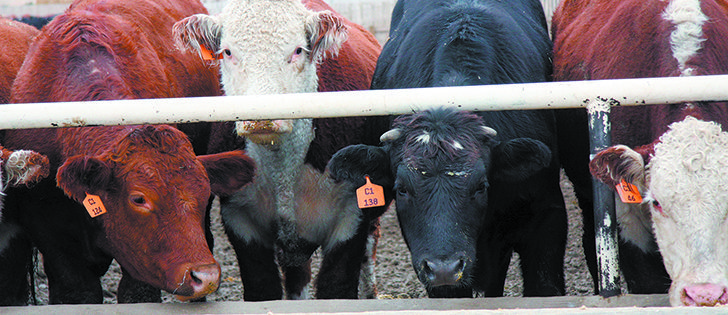An animal welfare assessment program specific to feedlots could be introduced early next year.
The Canadian Feedlot Animal Care Assessment Program has been in development for about a year and a half. It is intended to be a companion to the national beef code of practice with dedicated requirements for feedlot animals to assure processors and retailers that cattle are well cared for. It also benefits feedlot operators because well tended animals suffer less sickness and death.
“When we develop tools like this for the industry, we want to make sure they are easy to use, that they are reliable,” Joyce Van Donkersgoed said at a beef cattle conference that the University of Calgary’s faculty of veterinary medicine held in Calgary June 18-19.
Read Also

Government support for Canadian farmers has plummeted
Subsidies in Canada were 30 per cent of gross farm receipts in 1980s and are now around eight per cent
“We wanted to make sure we are improving animal welfare.”
Van Donkersgoed has a private feedlot practice in southern Alberta but was also involved in writing food safety guidelines such as the verified beef program and the Alberta environmental farm plan.
The feedlot program involves the National Cattle Feeders Association, retailers, processors, veterinarians, the National Farm Animal Care Council and animal welfare specialists.
It was agreed that feedlots do not want to deal with different programs from individual corporations with their own sets of specifications.
“We wanted one national platform that everybody can adhere to as to welfare in feedlots,” she said.
The program is based on scientific evidence and is meant to be easy to implement and acceptable to the processors.
It strives for continuous improvement and needs to be part of every day management.
It is also important for employers to buy into a culture of improved animal care so that employees also accept it.
“If you get good employees in the yard, they actually care about the animals. They do not want to see them in pain or distress,” she said.
Operators are also more likely to pay attention if processors are involved because they buy the cattle. Failing an audit because of animal abuse would be a major blow for a feedlot if a processor refused to buy cattle.
The program will be tested this summer and should work for large commercial feedlots in Alberta as well as confined operations in Ontario or Quebec, where cattle are raised indoors.
The producer manual starts with on-farm assessment checklists, which include a commitment to animal care, staff training, proper facilities, cattle handling, nutrition, environment, animal health management, euthanasia and willful acts of neglect and abuse.
barbara.duckworth@producer.com
















